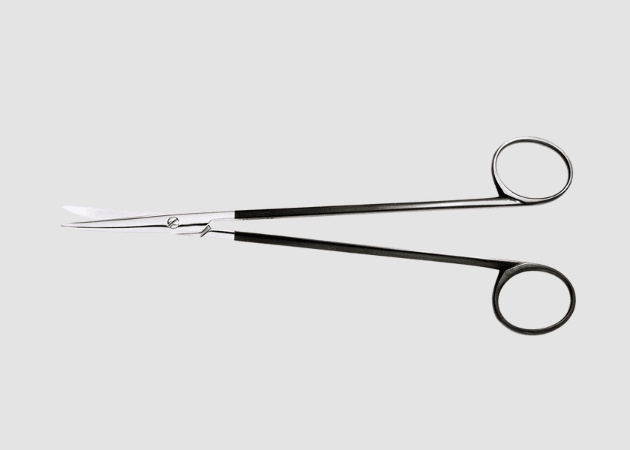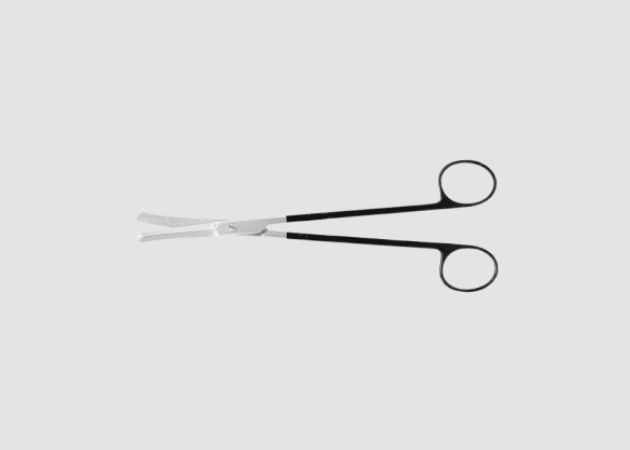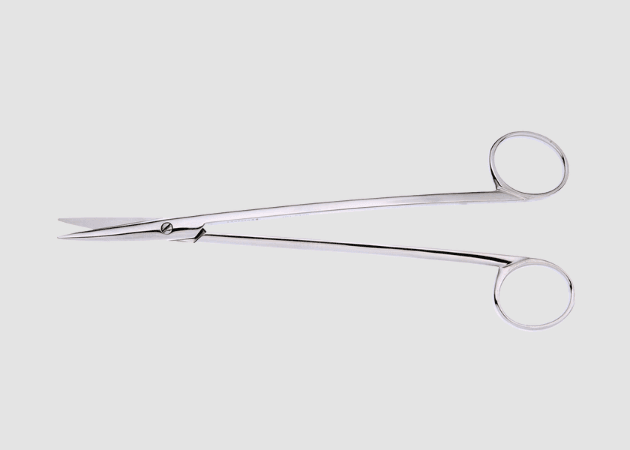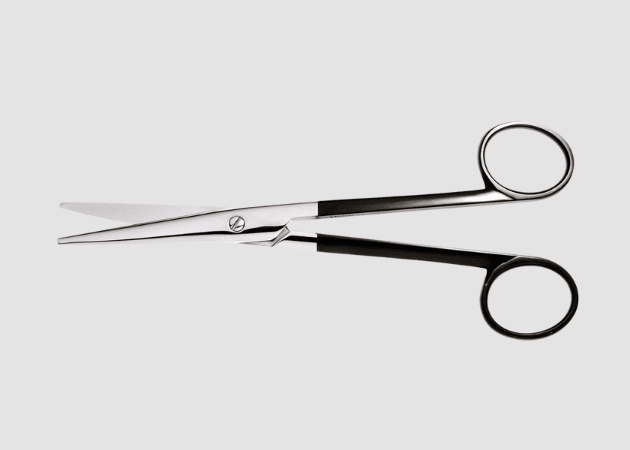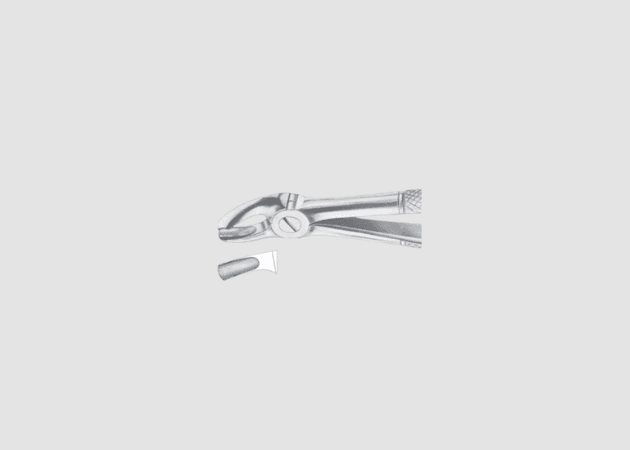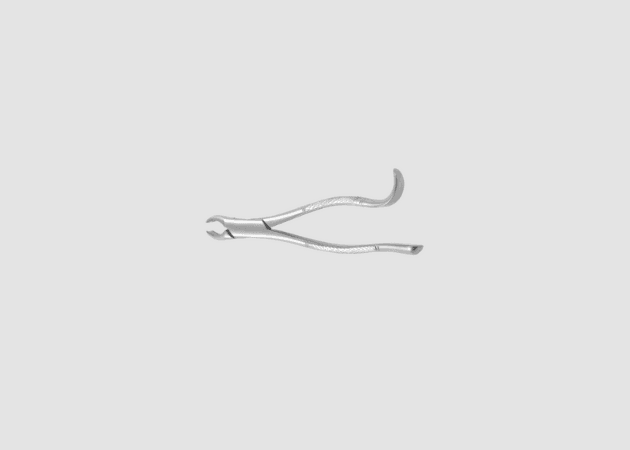Lower Premolars for Children: Key to Healthy Oral
It is also important for parents to monitor their children’s dental development and consult with a pediatric dentist regularly. Dental check-ups allow for the early detection of any potential issues, such as misalignment or decay, which can impact the growth of lower premolars and other teeth. Pediatric dentists can provide valuable guidance on maintaining oral health, including recommendations for fluoride treatments and sealants that can protect developing teeth.
Description
Lower premolars for children are vital components of their dental health and development. These teeth typically emerge between the ages of 10 and 12, following the primary molars and marking an important stage in the transition from baby teeth to adult teeth. There are two lower premolars on each side of the jaw, located between the canine teeth and the molars. Their primary functions include assisting in chewing food, aiding in proper bite alignment, and maintaining the space required for future permanent teeth.
During the transition from primary to permanent teeth, children’s dental health is crucial. Lower premolars help in the efficient processing of food, contributing to proper nutrition and overall health. Additionally, they play a significant role in guiding the eruption of other permanent teeth, helping to ensure that dental alignment and spacing are correct. Good oral hygiene practices, including regular brushing and flossing, are essential during this period to prevent cavities and other dental issues that can affect the development of these teeth.
It is also important for parents to monitor their children’s dental development and consult with a pediatric dentist regularly. Dental check-ups allow for the early detection of any potential issues, such as misalignment or decay, which can impact the growth of lower premolars and other teeth. Pediatric dentists can provide valuable guidance on maintaining oral health, including recommendations for fluoride treatments and sealants that can protect developing teeth.
In some cases, orthodontic treatment may be necessary to ensure that the lower premolars grow in properly and align with the other teeth. Early intervention can prevent more complex issues in the future and promote a healthy, beautiful smile as the child grows.
In summary, lower premolars for children are essential for their overall dental health and development. Understanding their role in chewing, alignment, and the eruption of adult teeth can help parents support their children’s oral hygiene and dental care. Regular visits to a pediatric dentist will ensure that any potential issues are addressed promptly, fostering healthy dental development as children transition to adulthood.
Related products
Fingerform Lower Jaws Forcep for Dental Precision
Proper maintenance of the Fingerform Lower Jaws Forcep is essential for its performance and longevity. After each use, it should be thoroughly cleaned and sterilized to ensure patient safety and prevent cross-contamination. Regular checks for any signs of wear or damage should also be conducted, as compromised instruments can negatively impact the extraction process.
Get In Touch
Description
Fingerform Lower Jaws Forcep is a specialized dental instrument designed specifically for the extraction of lower teeth, particularly molars and premolars. The unique fingerform design provides enhanced control and precision, allowing dentists to perform extractions with greater ease and accuracy. This forcep is especially beneficial in situations where traditional extraction tools may be less effective.
The construction of the Fingerform Lower Jaws Forcep features ergonomically shaped handles that fit comfortably in the dentist’s hand, promoting optimal grip and control. The lower jaw configuration of the forcep allows for a more natural alignment with the contours of the lower teeth, which is essential for applying the correct amount of force during extractions. This thoughtful design minimizes the risk of trauma to surrounding tissues and ensures a smoother extraction process.
In addition to its primary use in tooth extractions, the Fingerform Lower Jaws Forcep can also be utilized in other dental procedures that require a secure grip on the lower teeth. Its versatility makes it a valuable tool in a dentist’s arsenal, capable of handling various extraction scenarios effectively.
Proper maintenance of the Fingerform Lower Jaws Forcep is essential for its performance and longevity. After each use, it should be thoroughly cleaned and sterilized to ensure patient safety and prevent cross-contamination. Regular checks for any signs of wear or damage should also be conducted, as compromised instruments can negatively impact the extraction process.
To maximize the effectiveness of the Fingerform Lower Jaws Forcep, dental professionals should familiarize themselves with the best practices for its use. Understanding the techniques involved in utilizing this instrument can lead to improved extraction outcomes and enhanced patient satisfaction.
In summary, the Fingerform Lower Jaws Forcep is an indispensable tool in dental extractions, providing the precision and control necessary for successful outcomes. By prioritizing proper care and employing effective techniques, dental professionals can ensure this instrument remains a reliable ally in delivering high-quality patient care.
Categories
- Plastic Surgery Instruments
- - Scissors
- - Needle Holder
- ENT Diagnostic
- Otolaryngology
- Oral Surgery
- Cardiothoracic Surgery
- Surgical Instruments
- - Artery Forceps
- - surgical scissors
- - Artery Forceps
- Liposuction Cannulas
- Customized Instrument
Related products
Categories
- Plastic Surgery Instruments
- - Scissors
- - Needle Holder
- ENT Diagnostic
- Otolaryngology
- Oral Surgery
- Cardiothoracic Surgery
- Surgical Instruments
- - Artery Forceps
- - surgical scissors
- - Artery Forceps
- Liposuction Cannulas
- Customized Instrument
Lower Premolars for Children: Key to Healthy Oral
It is also important for parents to monitor their children’s dental development and consult with a pediatric dentist regularly. Dental check-ups allow for the early detection of any potential issues, such as misalignment or decay, which can impact the growth of lower premolars and other teeth. Pediatric dentists can provide valuable guidance on maintaining oral health, including recommendations for fluoride treatments and sealants that can protect developing teeth.
Get In Touch
Description
Lower premolars for children are vital components of their dental health and development. These teeth typically emerge between the ages of 10 and 12, following the primary molars and marking an important stage in the transition from baby teeth to adult teeth. There are two lower premolars on each side of the jaw, located between the canine teeth and the molars. Their primary functions include assisting in chewing food, aiding in proper bite alignment, and maintaining the space required for future permanent teeth.
During the transition from primary to permanent teeth, children’s dental health is crucial. Lower premolars help in the efficient processing of food, contributing to proper nutrition and overall health. Additionally, they play a significant role in guiding the eruption of other permanent teeth, helping to ensure that dental alignment and spacing are correct. Good oral hygiene practices, including regular brushing and flossing, are essential during this period to prevent cavities and other dental issues that can affect the development of these teeth.
It is also important for parents to monitor their children’s dental development and consult with a pediatric dentist regularly. Dental check-ups allow for the early detection of any potential issues, such as misalignment or decay, which can impact the growth of lower premolars and other teeth. Pediatric dentists can provide valuable guidance on maintaining oral health, including recommendations for fluoride treatments and sealants that can protect developing teeth.
In some cases, orthodontic treatment may be necessary to ensure that the lower premolars grow in properly and align with the other teeth. Early intervention can prevent more complex issues in the future and promote a healthy, beautiful smile as the child grows.
In summary, lower premolars for children are essential for their overall dental health and development. Understanding their role in chewing, alignment, and the eruption of adult teeth can help parents support their children’s oral hygiene and dental care. Regular visits to a pediatric dentist will ensure that any potential issues are addressed promptly, fostering healthy dental development as children transition to adulthood.
Related products
Sign Up for Our Newsletter
About Us
Medic Instrument LLC is a trusted provider of high-quality medical instruments, dedicated to innovation and excellence in healthcare solutions.
Products
Copyright © 2024, All rights Reserved.
Design & Developed by Medicinstrument.com
































